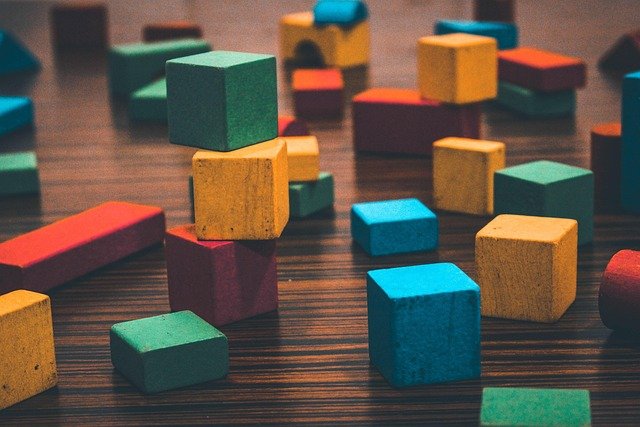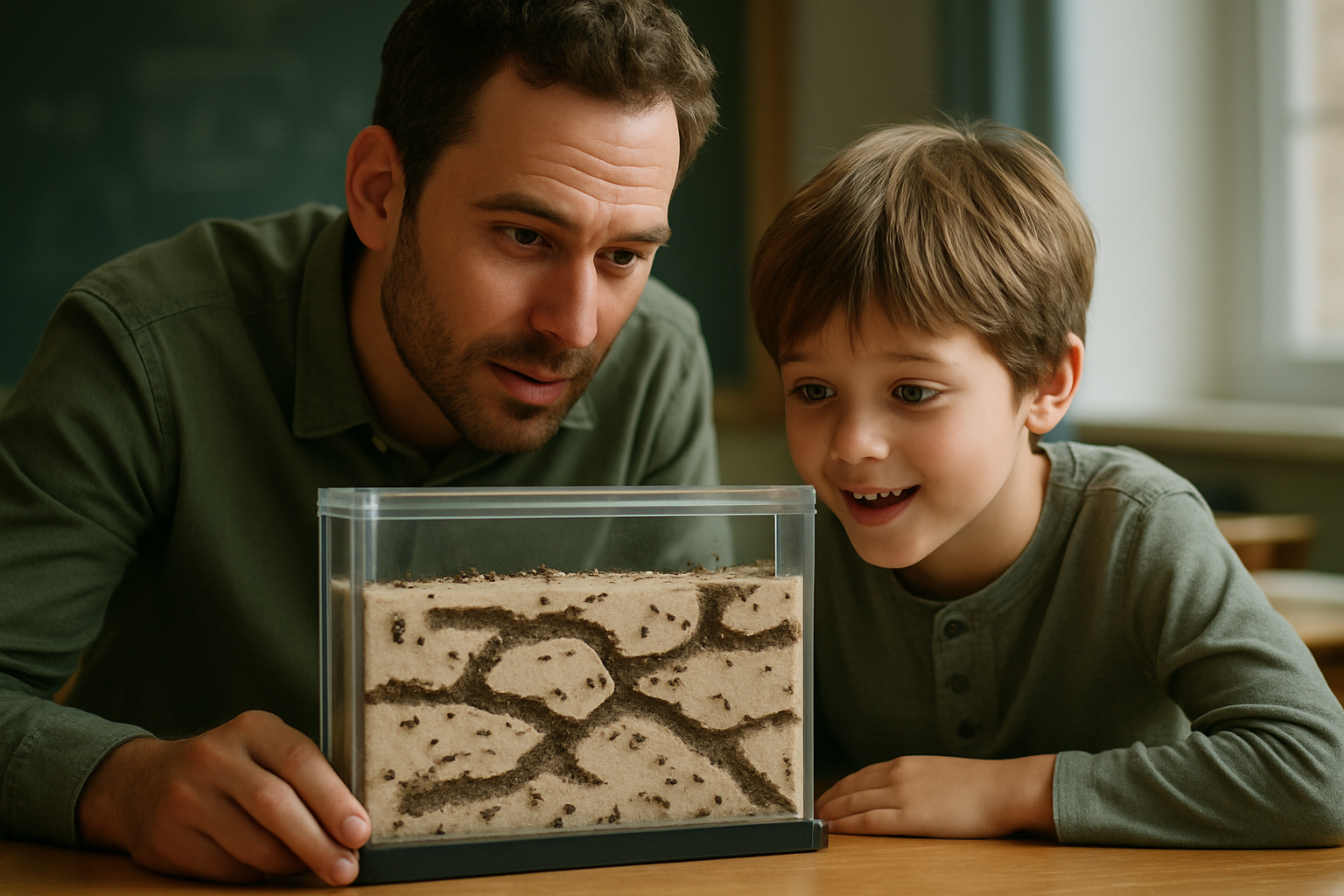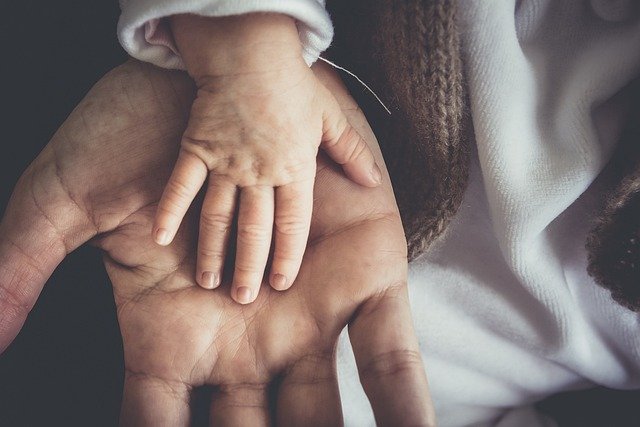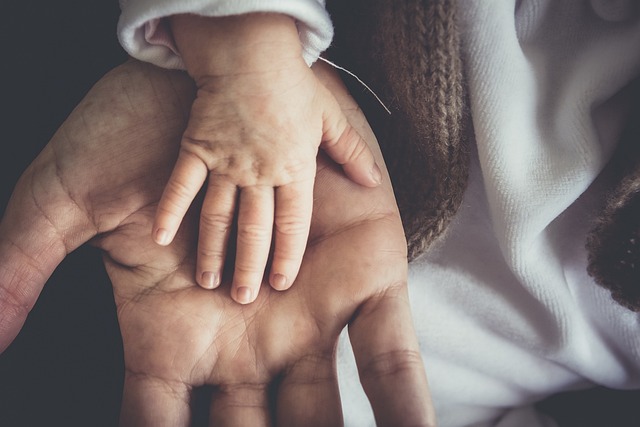Implementing observation techniques for individualized learning plans
Effective observation techniques are central to designing individualized learning plans in early childhood settings. By systematically recording behaviors, routines, and developmental milestones, caregivers and educators can tailor curriculum and daily schedules to meet each child’s needs. This overview explains how observations link to assessment, staffing, inclusion, and family engagement to support holistic development.

Observation is a practical tool that connects everyday interactions with deliberate planning. Skilled observers note how children respond during routines, play, and caregiving moments to identify strengths and needs across social, motor, sensory, language, and literacy domains. Reliable observation methods—anecdotal records, time sampling, and checklists—help staff translate spontaneous moments into data that inform individualized learning plans, align with curriculum goals, and respect each child’s pace of development.
How do safety and routines shape observation?
Observations during safety- and routine-focused moments reveal much about a child’s self-regulation and adaptive skills. Watching how children follow arrival and mealtime routines, or how they respond to transitions and safety instructions, provides context for planning. These insights help educators identify whether changes to physical spaces, adult supervision patterns, or routine cues are needed so that individualized plans support predictable, secure environments that reinforce positive behaviors and reduce stress.
How to observe nutrition and hygiene needs?
Mealtime and personal care interactions are rich sources of data on motor skills, independence, and health-related behaviors. Observers can record choices, textures tolerated, feeding independence, and hygiene habits like handwashing and toileting. Noting these patterns informs goals in individualized plans—such as fine motor supports during eating or step-by-step hygiene prompts—and ensures coordination with curriculum elements that teach self-care while respecting dietary and cultural needs.
How can play and curriculum inform plans?
Play is both the context and the method for learning in early childhood settings. Observing play sequences, peer interactions, and engagement with materials links directly to curriculum planning. Use systematic observation to see which play themes elicit sustained focus, which materials support problem-solving, and how adult facilitation affects outcomes. Those findings should guide individualized adaptations to the curriculum: modified materials, targeted provocations, or small-group experiences tailored to a child’s interests and developmental goals.
How to assess sensory and motor development?
Sensory and motor observations focus on how children explore materials, move in space, and regulate sensory input. Time-sampled notes and focused checklists capture frequency and context of behaviors such as seeking tactile input, avoiding loud sounds, or displaying fine and gross motor strengths. These assessment entries translate into specific strategies—sensory breaks, adapted seating, or motor skill stations—within an individualized learning plan so that the environment supports accessibility and purposeful practice.
How to monitor language and literacy growth?
Language and emergent literacy develop through routine interactions, storytelling, and responsive conversation. Observers track vocabulary use, sentence length, turn-taking in conversation, and book interaction behaviors. Documentation should include examples of spontaneous language and focused assessments such as vocabulary checklists or story-retell samples. These records shape targeted goals for language scaffolding, small-group literacy activities, and materials that encourage phonological awareness and expressive language in individualized plans.
How do staffing, training, and family engagement help?
Staffing patterns and training quality affect observation fidelity and the implementation of individualized plans. Trained staff are better at noticing subtle cues, using consistent documentation tools, and carrying out planned strategies. Family engagement complements observations with home-context information about routines, nutrition, and cultural practices. Regular communication channels and shared observation logs create a collaborative approach that aligns goals between educators and families and ensures continuity across settings.
This article is for informational purposes only and should not be considered medical advice. Please consult a qualified healthcare professional for personalized guidance and treatment.
Assessment practices work best when they are practical, respectful, and embedded within daily life. By combining structured observation methods with thoughtful interpretation—anchored in safety, routines, nutrition, hygiene, play, and curriculum—teams can produce individualized learning plans that are realistic and responsive. Ongoing training, clear documentation, and meaningful family engagement make those plans actionable, ensuring supports touch sensory, motor, language, and literacy development in ways that promote inclusion and sustained growth.




